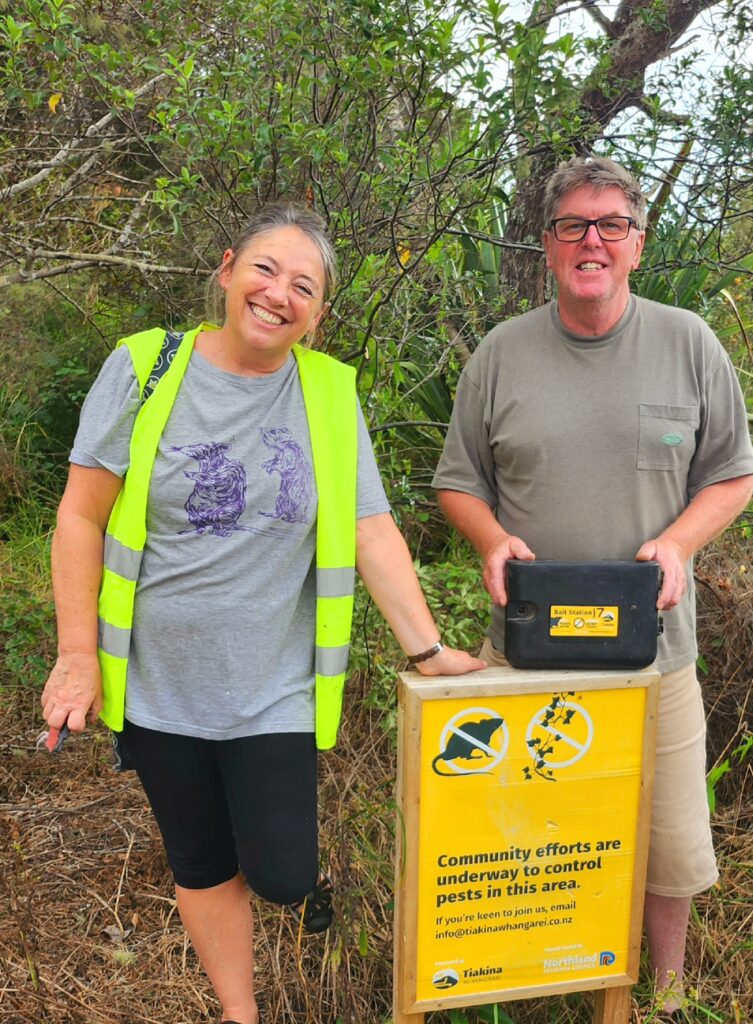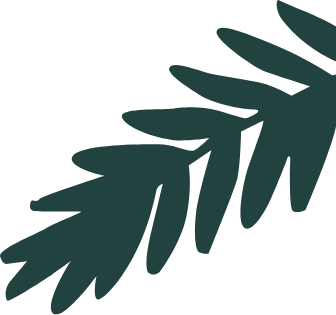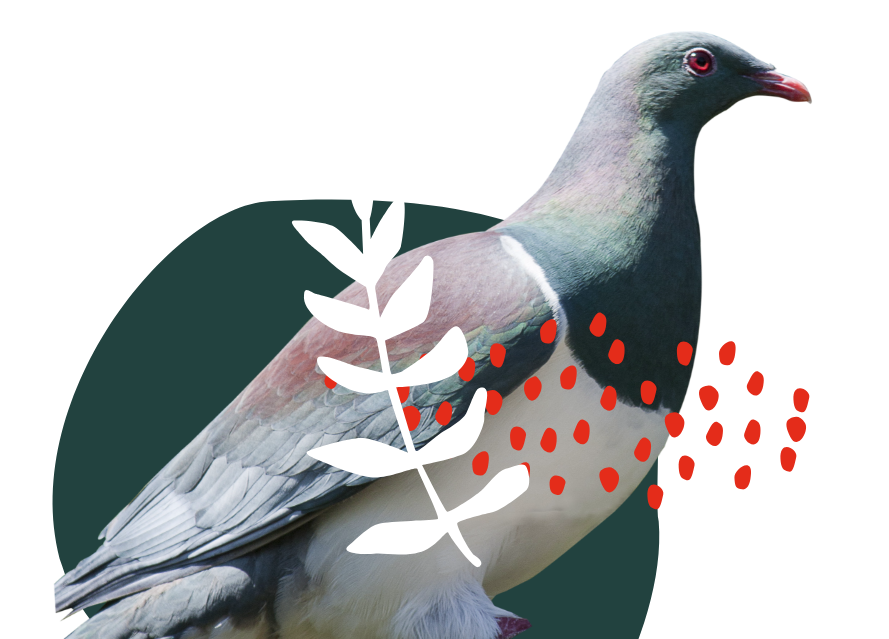Predator Free Onerahi is uniting residents in a shared mission, leading a transformative effort along the popular Waimahanga Track to restore the area’s natural habitat. Since November 2022, this track has transformed into a haven for native wildlife, showcasing what can be achieved when a community comes together.
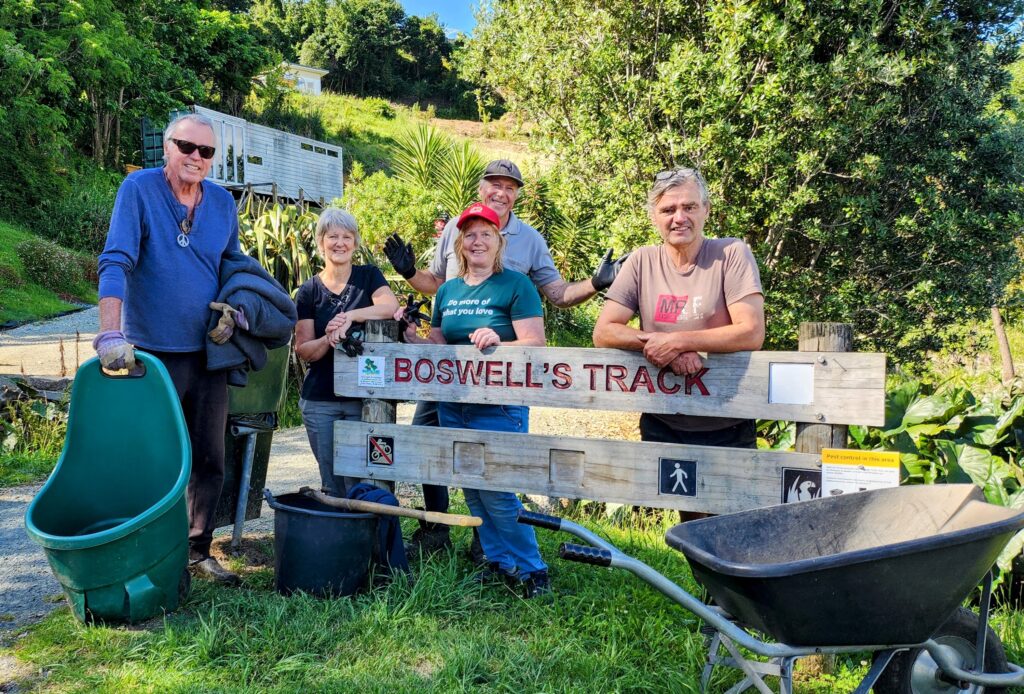
The initiative expanded rapidly, with Tiakina Whangārei’s support, installing bait stations along the Waverly Street Track and extending to Pah Road. This expansion brought the total to 36 bait stations, manned by a diligent team of volunteers, who take turns refilling bait every two weeks.
It’s not just about numbers or bait stations, it’s about the community and its connection to the environment, says volunteer Rachel Arlidge. “We started with a simple goal: make our track a haven for native wildlife. It’s incredible to see the transformation, not just in the environment, but in our community’s spirit. Everyone’s coming together, contributing their bit towards something truly meaningful.”
The initial months revealed a considerable rat population, a primary threat to the native wildlife. As efforts continued, the volunteers noticed a decline in rat activity, a testament to the project’s impact.
The project team, now nine strong, operates in smaller pods, allowing for a rotational system that minimises the workload and maximises the impact. Their approach isn’t static – it’s about adapting and focusing on specific areas each year to create a comprehensive rodent management corridor around Onerahi. This method not only addresses the unique challenges of each area but also complements the efforts of other local groups, creating a unified front against rodents.
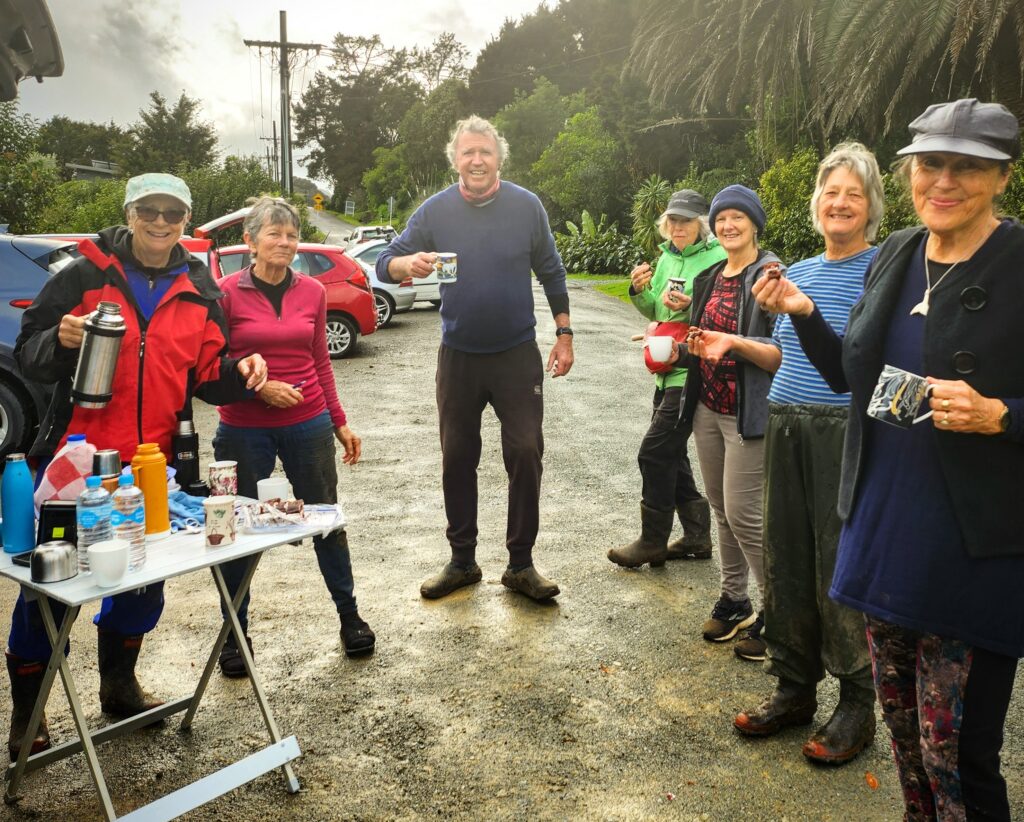
Involvement in Predator Free Onerahi is open to everyone, and the team encourages community participation, whether through volunteering for bait station refills, weed control, or even simple actions like picking up rubbish and pulling out weeds during walks. Each small action contributes to a larger impact.
The results speak for themselves. Less than a year into their concerted efforts, the team has witnessed a remarkable increase in native birdlife along the tracks, a direct consequence of their rodent management strategies. From the once-scarce sightings, walkers now report encounters with a variety of native birds, highlighting the resurgence of biodiversity in the area.
“When we see families of fantails flitting around or hear the call of the tūī, it’s a reminder of what we’re fighting for. It’s not just about removing rodents, it’s about creating a space where nature can thrive, and our community can reconnect with the environment that surrounds us,” says Rachel.
